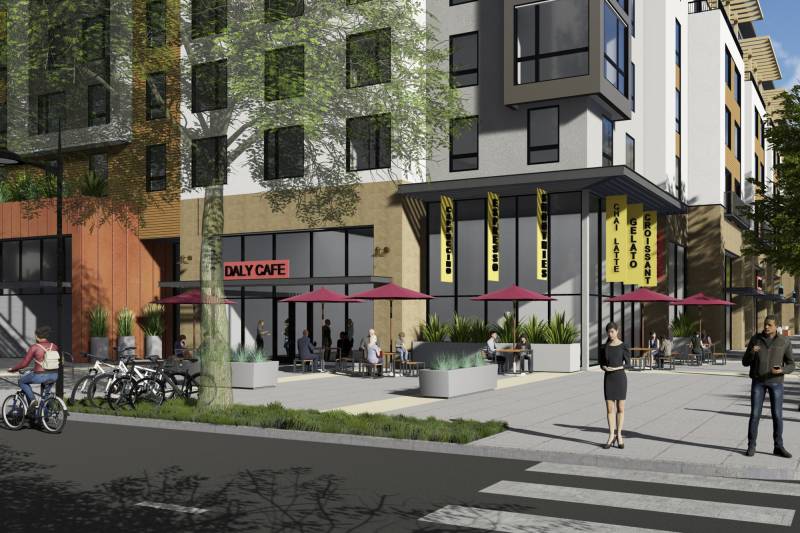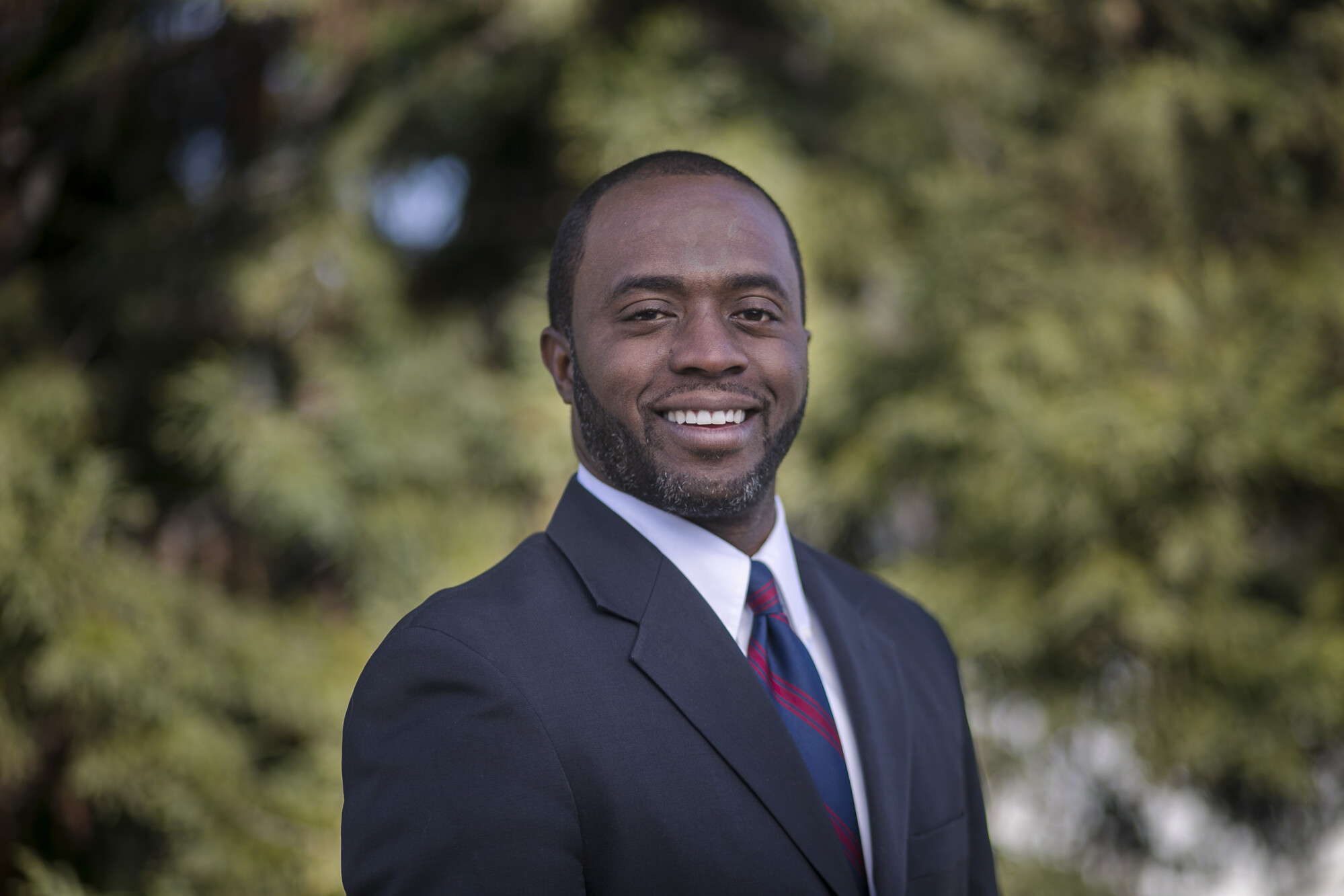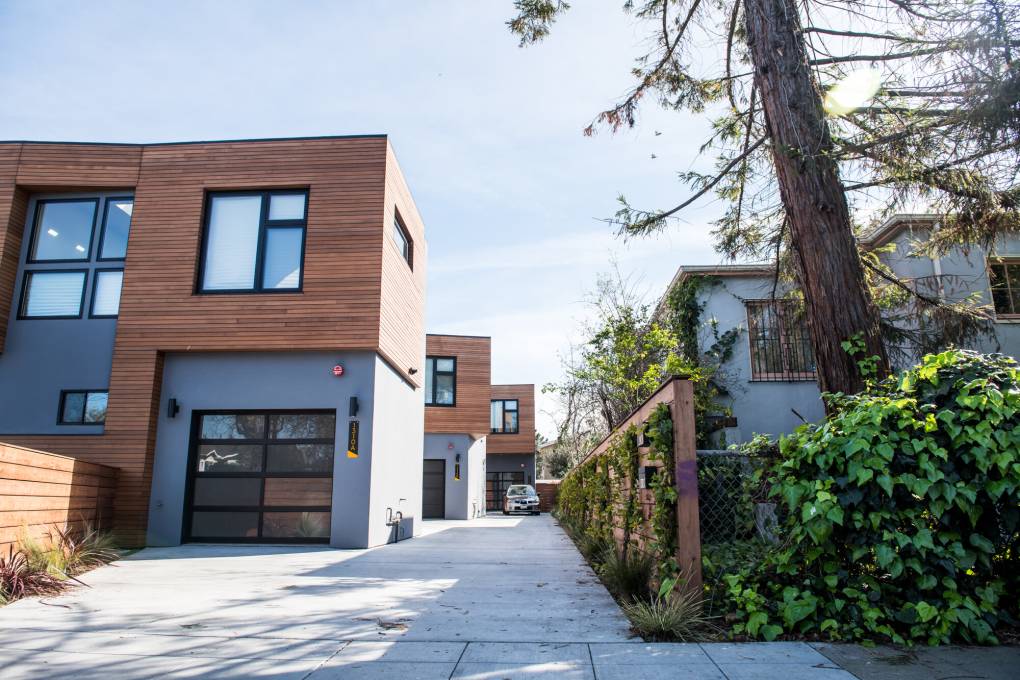To stem an outflow of teachers from schools across the state, California’s Department of Education encourages districts to venture into a different business: housing.
Superintendent Tony Thurmond on Tuesday announced an initiative that aims to establish the department as a go-to resource for districts looking to build homes for teachers on their property. The move comes as the state faces a housing affordability crisis and a shortage of some 2.5 million homes. School districts lose, on average, 12% of their staff each year to retirements and turnover.
“This is a strategy to help allow us to keep our workforce,” Thurmond said. “This is part of a larger plan to make sure that people can afford to live where they work, that they can afford the American dream and to buy a home, and that they have earnings that support them.”
The nearly 11,000 school districts across the state control more than 151,000 acres of total property. A 2021 analysis by UC Berkeley and UCLA found that of that land, there are enough developable parcels to support 2.3 million new homes or more than 90% of the state’s estimated shortage.



